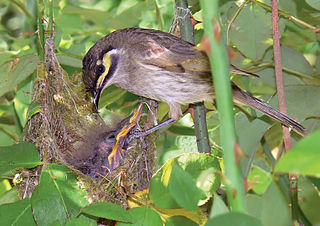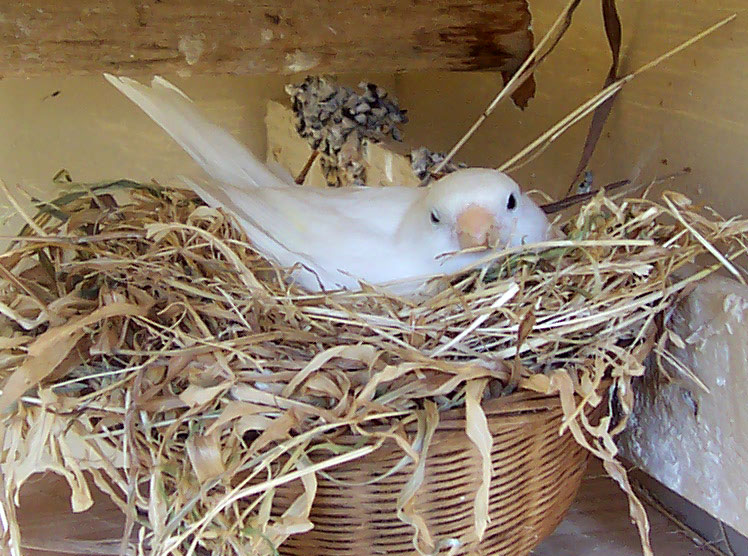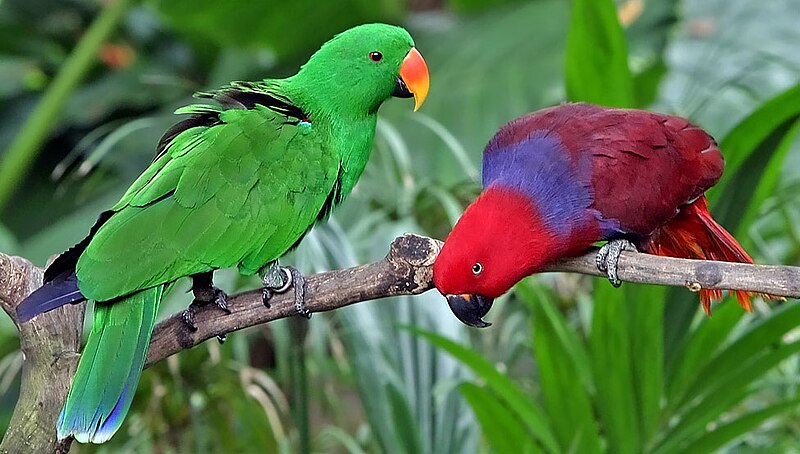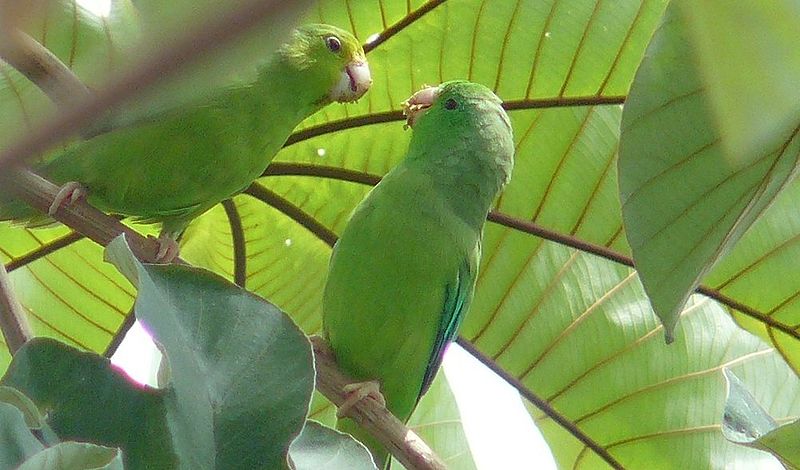Hand-rearing a bird that seems abandoned is an extremely difficult process. If you’ve observed wild baby birds in their nests – calling continually for food and greedily gulping down whatever their parents bring, this may be hard to believe…seems most would be very easy to satisfy. However, there are a great many factors to consider, fine points that are not well-known and potential health problems that are all-too-common. As a lifelong zookeeper and licensed wildlife rehabilitator, I’ve raised many nestling birds representing a huge array of species – and none were easy! Today I’d like to highlight some important points one should consider before taking on the very tedious job of raising a young wild bird.
Note: The following information is general in nature, designed to provide an overview of what to expect. Please post below for detailed advice on hand-rearing specific types of birds.
Immediate and Future failures – Be Prepared!
Those who take in orphaned wild animals of any type are generally kind-hearted souls who take losses personally. But death and failure cannot be avoided, and may be the rule rather than the exception. Baby birds that fall from the nest often have internal injuries, and are usually weakened by parasites, lack of food, and exposure to the elements. Turning the bird over to an experienced rehabilitator is usually the best option; please post below if you need help in locating a local rehabber or veterinarian.
If they survive, hand-raised wild birds often have difficulty with socialization, and may be rejected by others of their species. A Great Horned Owl I helped to rear tried to feed mice to its keepers when it entered breeding condition, but fled from other owls…a good educational animal, but not suitable for release. Captive-reared birds may lack survival skills, and their immune systems may not serve them well under natural conditions.
Attention to Detail is Critical
Until fully-feathered, young birds typically need to be kept at 85-90 F. Commercial rearing foods used for seed-eating hatchlings must be properly prepared and cooked, then served at the ideal temperature (generally 101-104 F) many times daily and, at least early on, 1-5 times each night.
While it appears that parent birds merely stuff food down their chicks’ throats, feeding is actually a very delicate procedure, and small mistakes can lead to death by asphyxiation or infection. As birds open their mouths for food, the glottis closes and the food winds up where it belongs. Weakened nestlings that do not beg are often “force-fed” by well-meaning rescuers. Food and liquid provided thus usually wind up in the lungs, resulting in a quick fatality.
The condition of the chick’s crop must be monitored carefully, even if the youngster is eating well and appears hungry. Due to the nature of artificial diets and other factors, crops may fail to empty or retain air. Infections inevitably follow.
Dehydration is common, especially at typical household humidity levels and for birds that are not feeding eagerly. The water content of your bird’s food must be carefully monitored and adjusted as the bird grows and different foods are offered.
Eager Feeders May Still Face Troubles
Wild nestlings are provided with dozens to hundreds of different food items by their parents. The diets of most, even those species that are confirmed seed-eaters as adults, are comprised largely of insects, spiders and other invertebrates. The nutrients they contain are impossible to duplicate artificially. As a consequence, birds that survive hand-rearing often exhibit growth and immune system abnormalities.
Transferring a youngster to the adult diet can be tricky, and can result in losses even when all else has gone well. Depending upon the species, an entirely new diet or additional food items will be needed. Some switch from insects to seeds and/or fruit, insect eaters and birds of prey begin taking whole animals, and so on…these drastic changes must be accommodated by the bird’s digestive system. Nestlings that have not been properly nourished may not be able to adapt.
Further Reading
Hand-Rearing the Black Palm Cockatoo
Assisting Abandoned Baby Birds
 That Bird Blog – Bird Care and History for Pet Birds
That Bird Blog – Bird Care and History for Pet Birds






